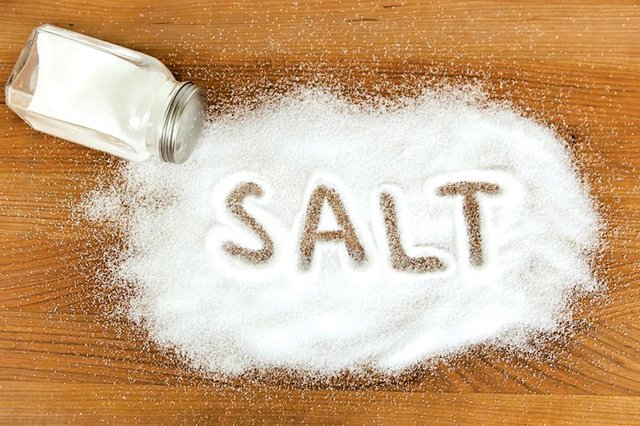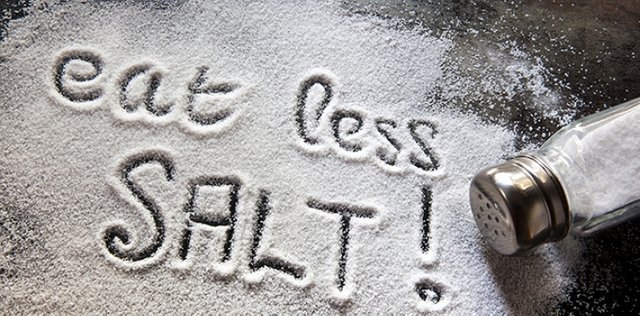Salt
In common parlance, the words "salt" and "sodium" are often used interchangeably. However, it is not quite the same thing.
In fact, salt is sodium chloride, which is chlorine associated with sodium. Since salt is the main source of sodium in the diet, sodium and salt are often referred to indiscriminately.

Is it necessary to consume salt?
The child needs to consume a certain amount of salt every day in order to ensure the proper functioning of his body . However, it is not recommended to add salt to the food given to a baby, because his kidneys are not yet mature enough to handle too much salt.
Then, around the age of 1, salt becomes naturally present in the toddler's diet because his meals are more like those of other members of the family. At this age, his kidneys can also tolerate salt better.
The roles of salt
Even though it is necessary to limit the consumption,of sodium is important because it helps:
- to bring water in and out of the body cells , as needed;
- to regulate the blood pressure ;
- to transmit the nerve impulses , that is to say the information between the brain and the whole body;
- the muscles to contract and relax;
packed with a lot of the iodine needs of your child, since iodine is obligatorily added with ordinary table salt. However,Sea salt, pickling salt, and other special salts are not enriched with iodine. Iodine deficiency can lead to goitre, a disease characterized by neck deformity caused by hypertrophy of the thyroid gland.
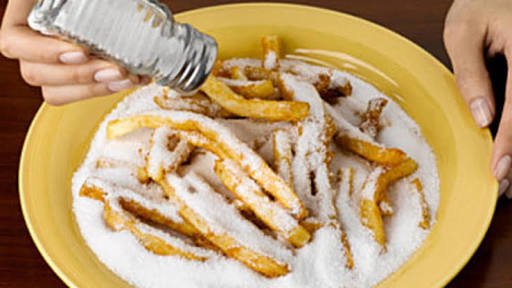
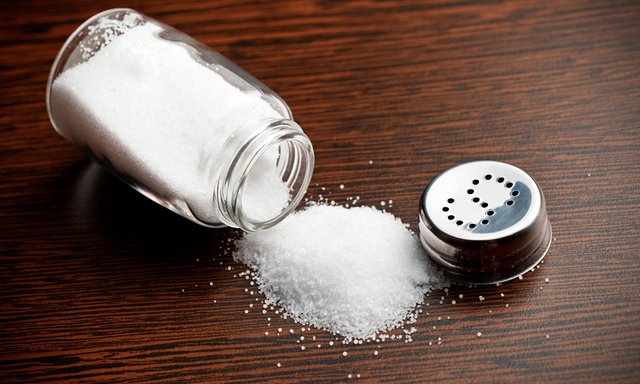
Risks of excessive salt consumption
Too much sodium can cause health problems. Most children ingest much more sodium than they should.
According to a large survey of the diet 77% of children aged 1 to 3 and 93% of children aged 4 to 8 years consume more than the maximum tolerable intakes, which are the amounts not to exceed. Beyond these quantities, health problems are more likely to occur.
Indeed, a toddler who consumes a lot of salt develop a preference for salty foods, that will be a problem throughout his life.For example, it is possible that a child who eats a lot of salty foods, drink a lot of sweet drinks, because eating salty makes you thirsty. Sugary drinks can in turn contribute to a problem of overweight or dental caries.
In addition, high sodium in take can alter a child's blood pressure and increase their risk of developing high blood pressure . At long term, hypertension is among other things associated with cardiovascular disease, stroke and kidney disease.
It is for these reasons that the experts have established a maximum quantity we should not go over a day.
This Is the Maximum tolerable daily intake.
Tolerable daily intake
1-3 years: 1500 mg sodium
4 to 8 years: 1900 mg sodium
(1 teaspoon table salt contains approximately 2300 mg sodium)
Foods high in sodium
Processed foods help children develop a preference for salty foods.
Salt added to the table is not the cause of high sodium intake in children. In fact, more than 75% of the sodium that children ingest comes from processed foods.
The food industry adds a lot of salt to enhance the taste of food.
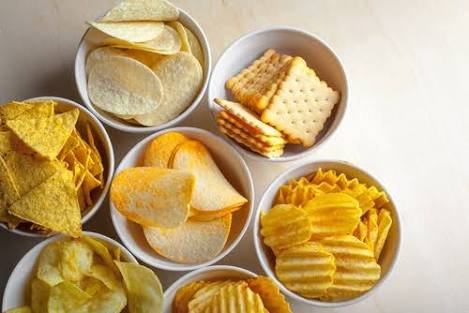
Furthermore, many foods contain salt, such as cheese, nuts and salted seeds, foods cooked at home with sodium bicarbonate or baking powder (two ingredients containing salt).
Here are some examples of food that should be ate in moderation :
Ready meals from supermarkets and restaurants
Commercial breaded fish and chicken
Smoked, salted or canned meats (bacon, ham, smoked sausages, cold cuts)
Smoked, salted or canned fish (anchovies, smoked herring, salt cod and smoke, sardines)
Commercial soups, soups, broths, bouillon extracts (cube, powder, liquid)
Commercial sauces (ketchup, mustard, soy, tamari, teriyaki)
Marinades and pickled foods (olives, pickles, sauerkraut)
Salty snack foods (eg chips, pretzels, crackers)
Tomato and vegetable juice
Foods that contain food additives such as: sodium nitrate, sodium benzoate, monosodium glutamate
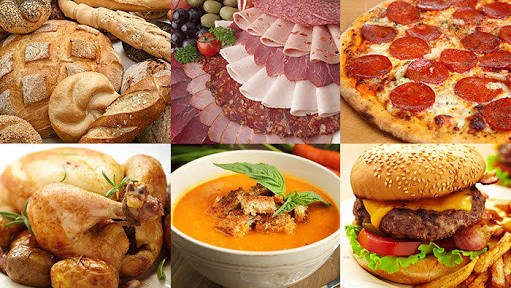
Salty foods that do not taste salt
However, it's not just salty foods that contain sodium. In fact, bread, tender bars, breakfast cereals (cold and hot), and even ice cream, biscuits and yogurt are salted.
It is therefore important to look carefully at the Nutrition Facts table to make the best choice between different brands,especially when it is part
of a food that the child eats often, like bread, for example.
Use the Nutrition Facts table to guide you. Aim for a percentage of daily value (indicated by "% VQ ") of less than 5% of sodium for the majority of foods that you offer to your child. If the daily value exceeds 15%, limit the consumption of these foods because they contain a lot of salt.

How to reduce your child's sodium intake?
Cook your own dishes, sauces, marinades, salad dressings, desserts and snacks as often as possible .
This will help you control the amount of salt you add.
Promote the consumption of fresh, unprocessed products.
If you are not used to low salt foods, you may need some time to get used to it.
By looking at the Nutrition Facts tables, compare the sodium content of foods in the same category before choosing the one you buy. Choose salt-free, low-salt or low-salt versions.
Rinse legumes and canned vegetables before using them or opt for low-sodium versions.
Occasionally serve only salty foods, such as those listed in the table above.
Use home-cooked meat (pork, chicken, beef, etc.) to make sandwiches instead of cold cuts.
Use low-sodium versions for canned tuna or salmon.
Explore the world of spices, herbs and other seasonings without salt.
Teach your child to taste foods before salting them .
Please remember
Salt is necessary for the health of the child. However, since salt is very present in the diet, the child is more likely to eat too much than to miss it.
Eating too much salt exposes the child to short- and long-term health problems.
Cooking from fresh, unprocessed foods is a great way to reduce the amount of salt in the child's diet and that of the entire family.
